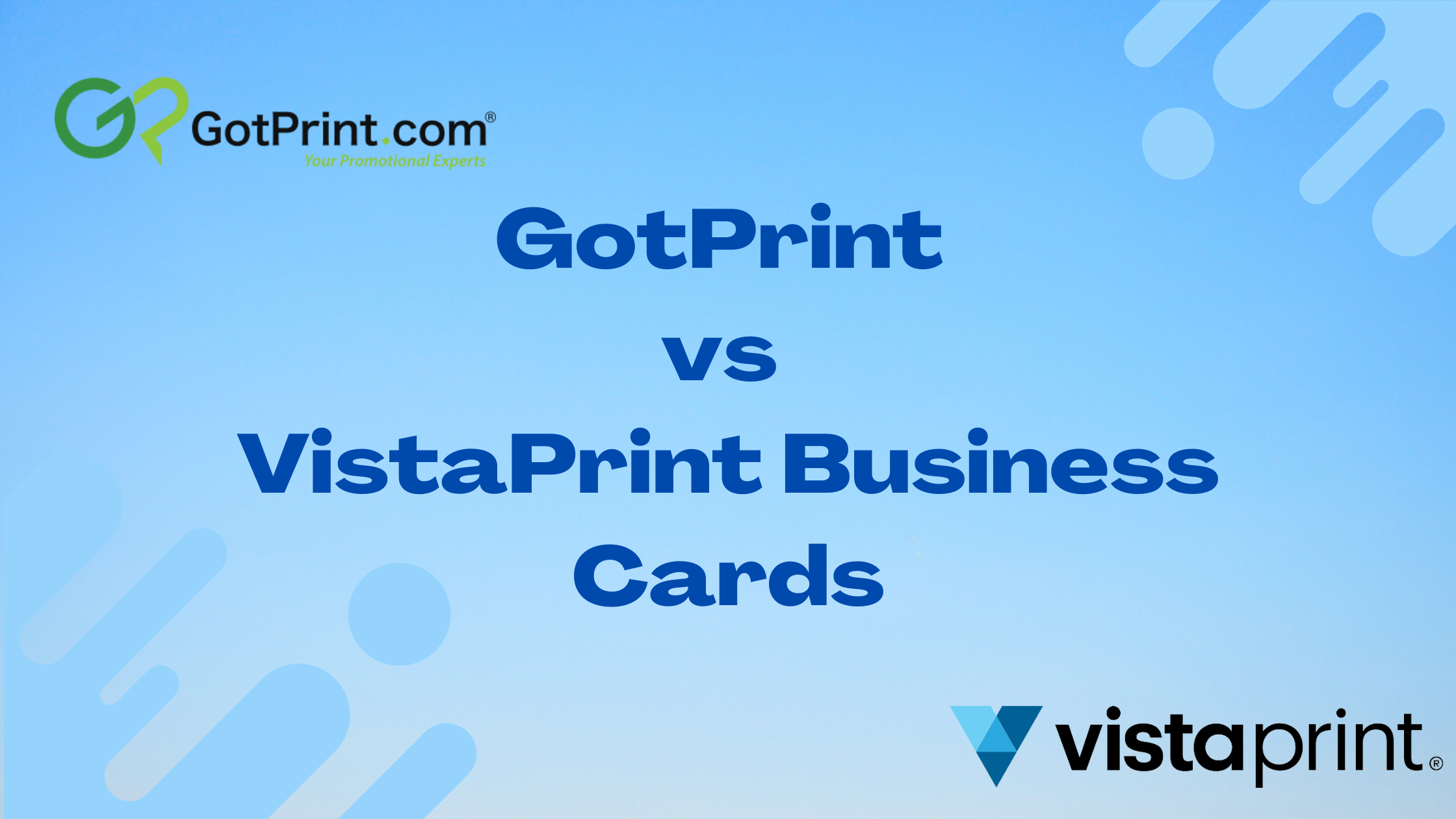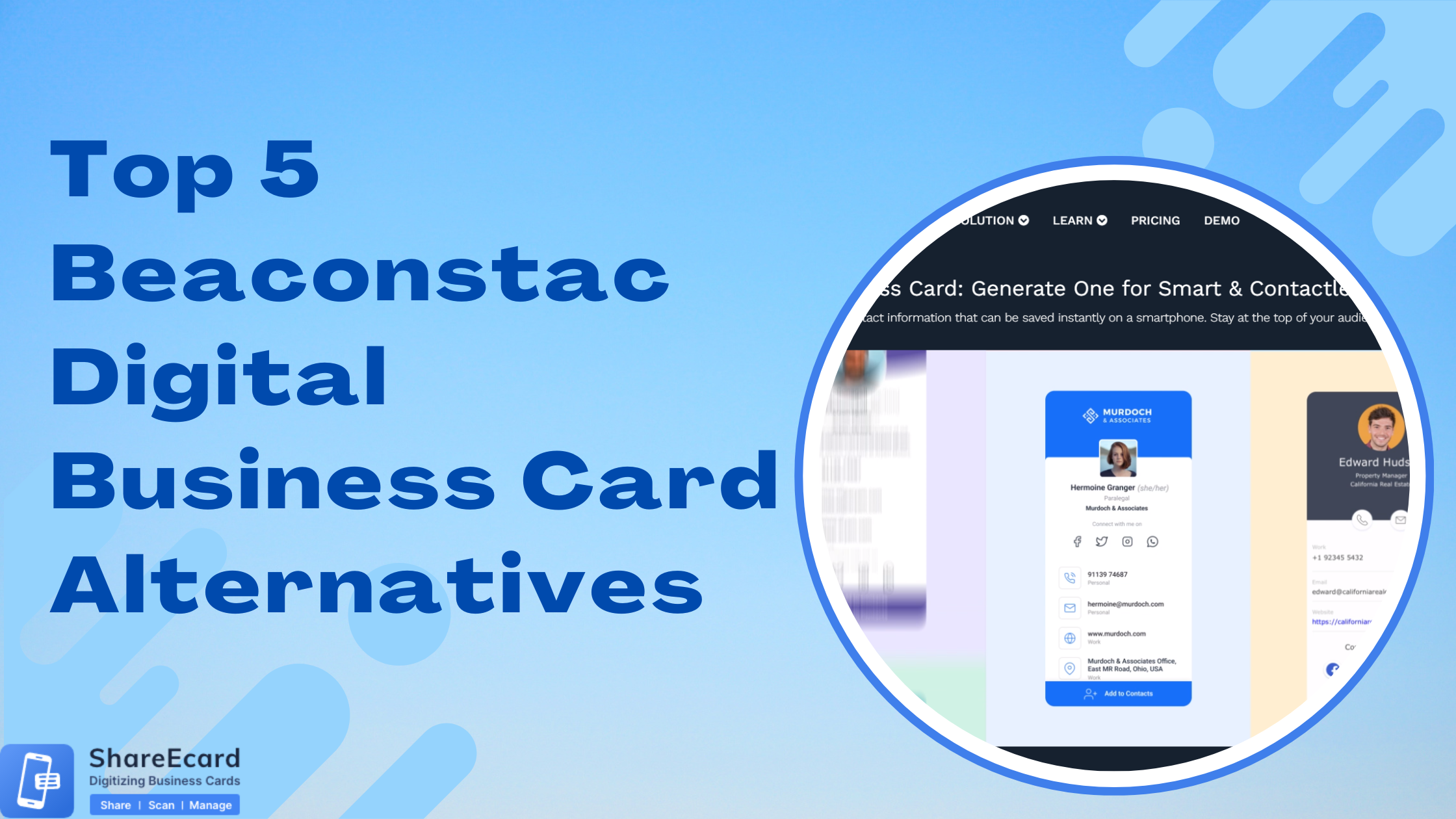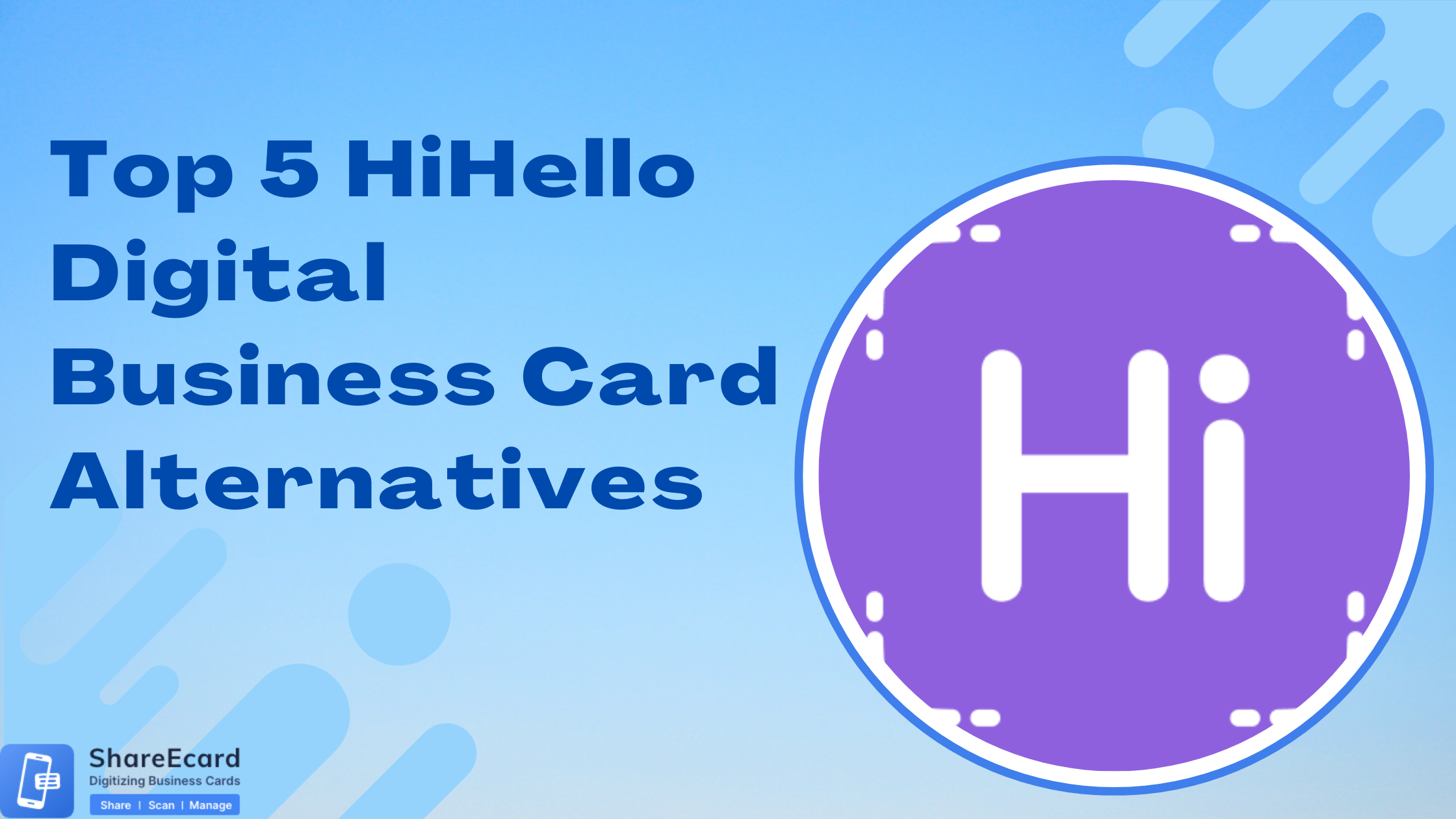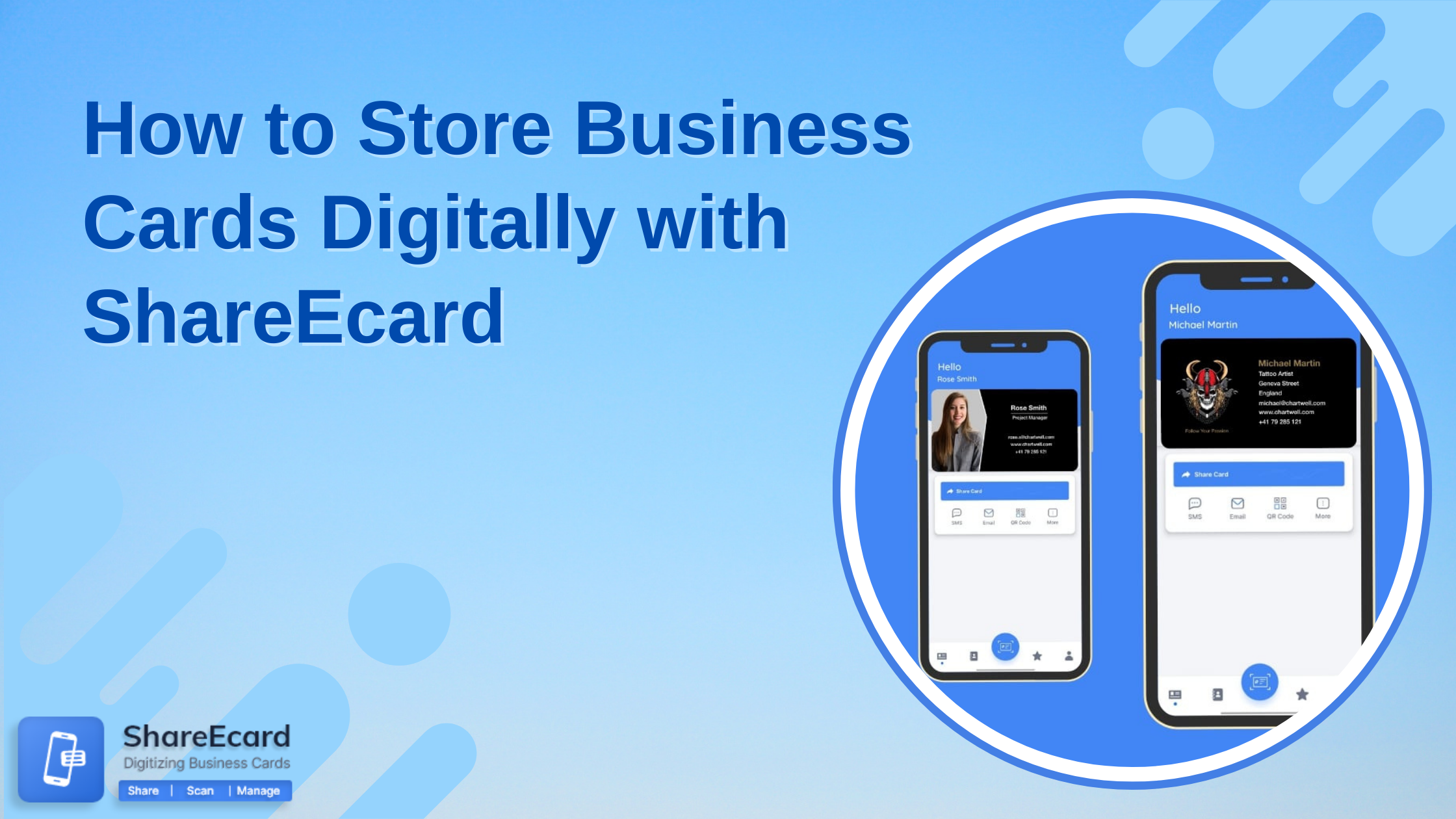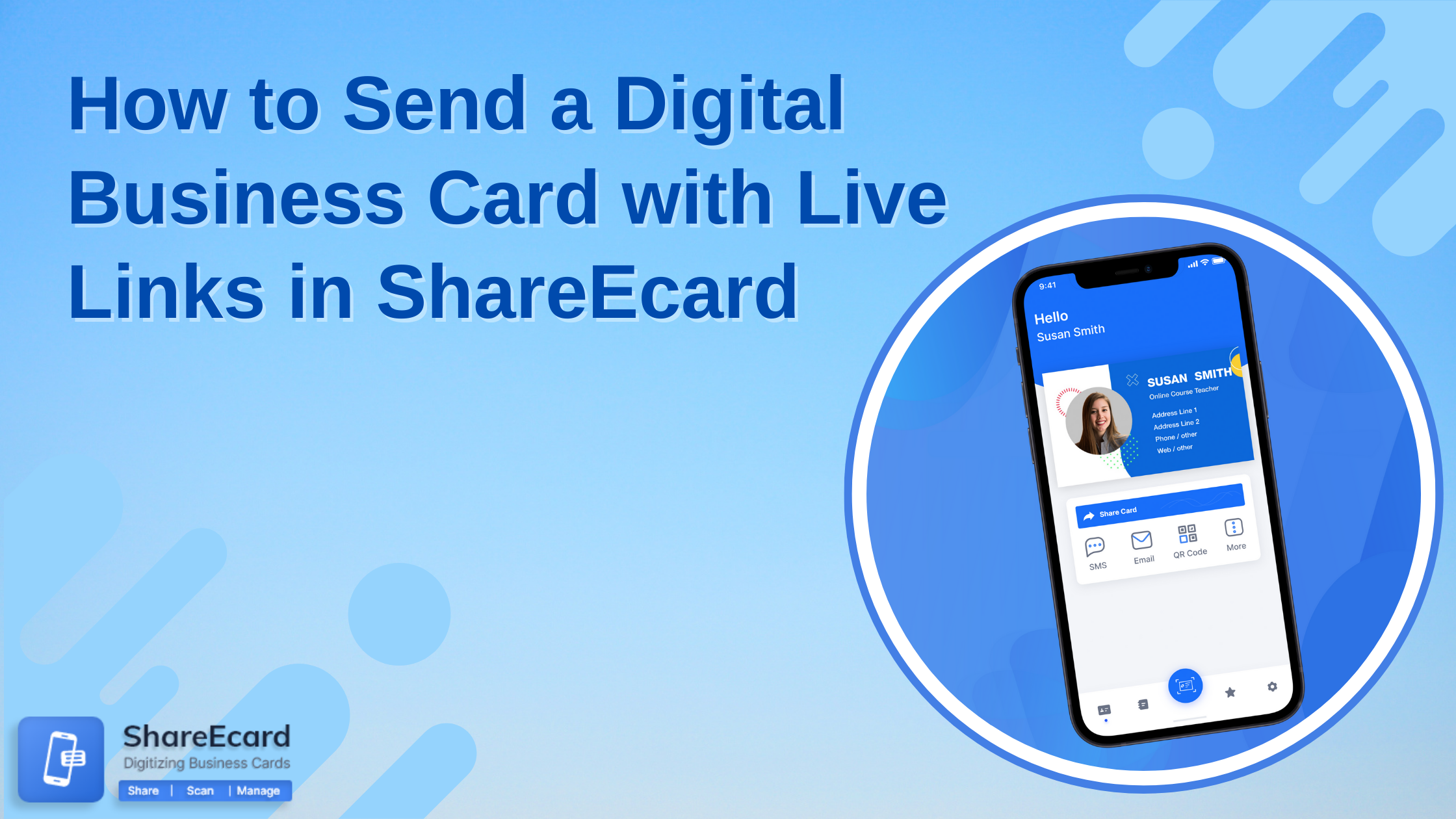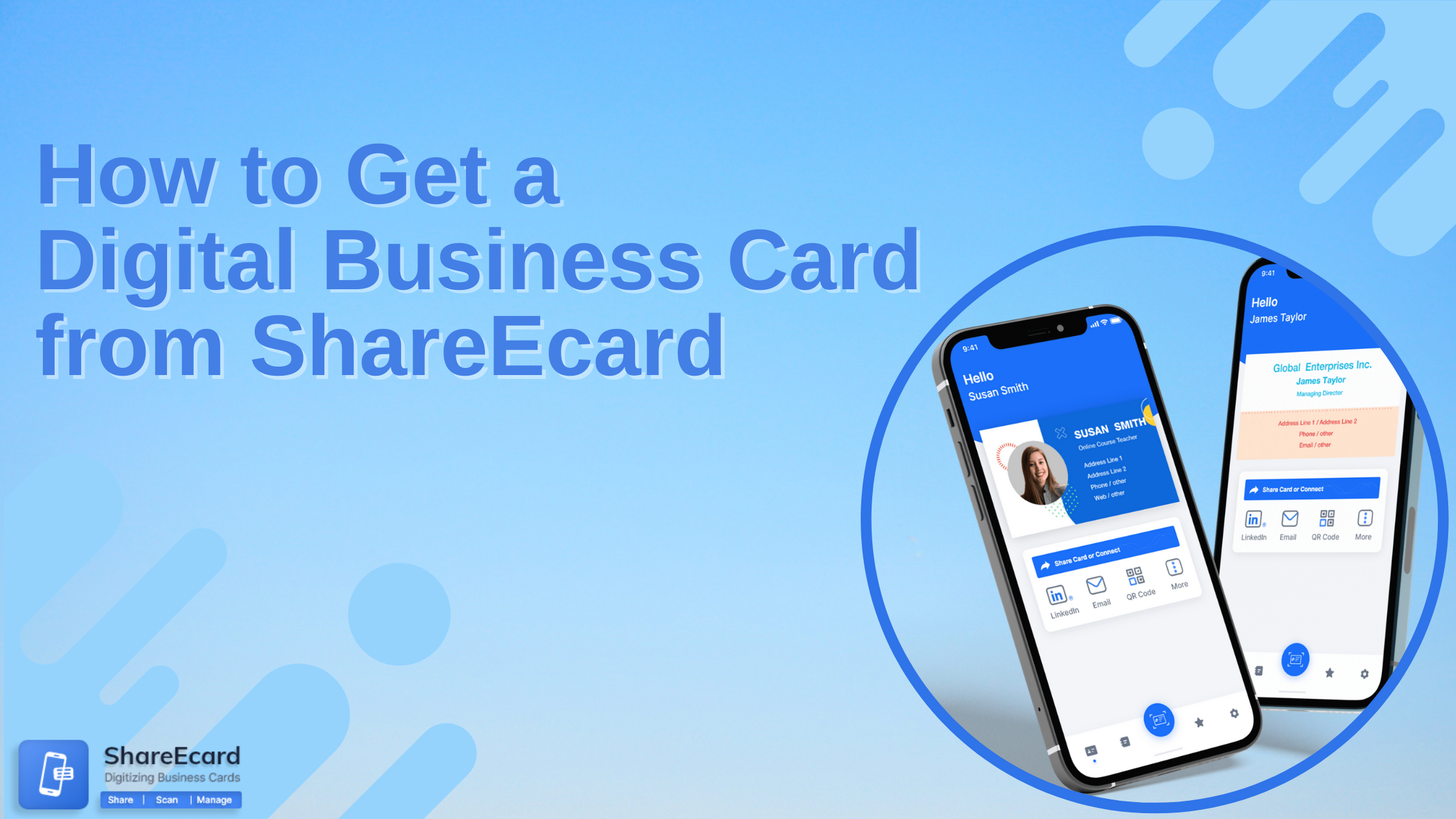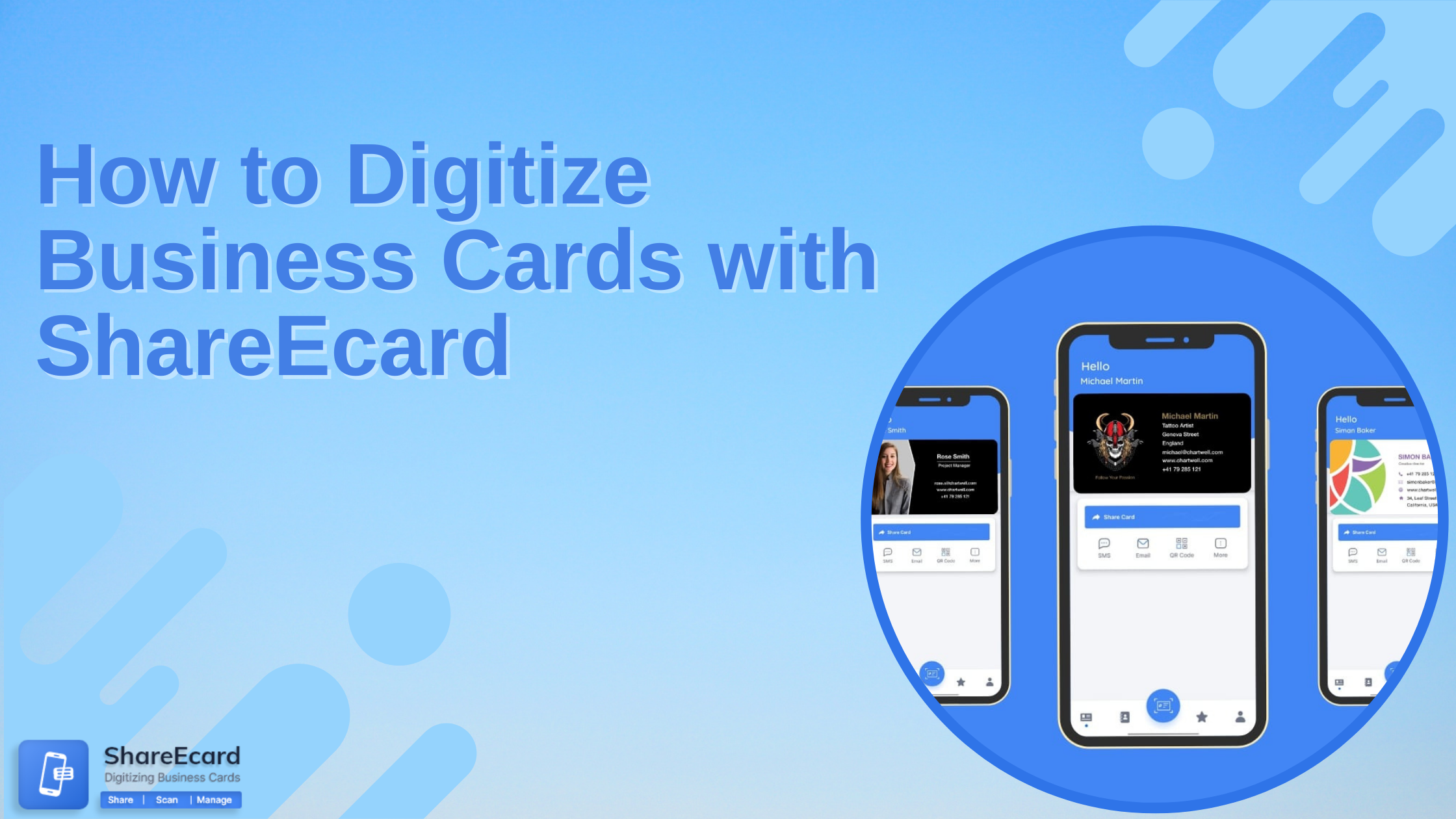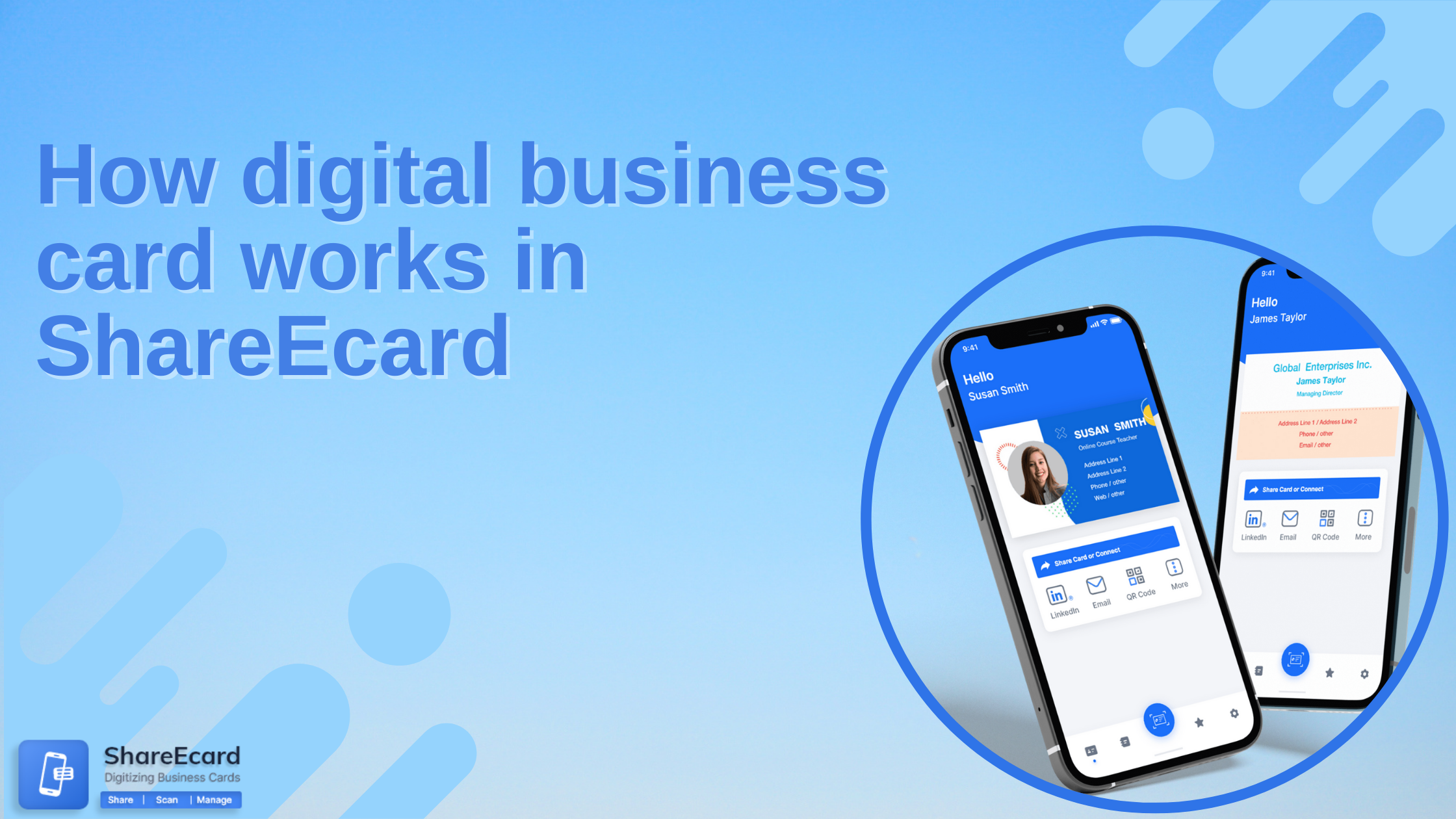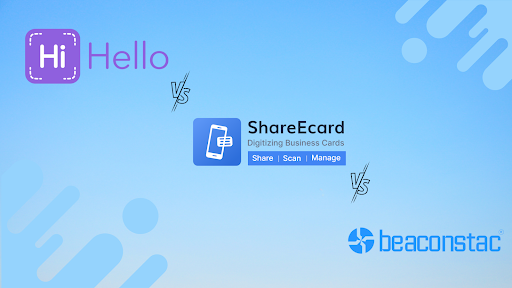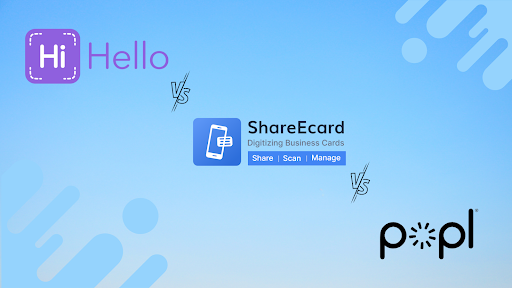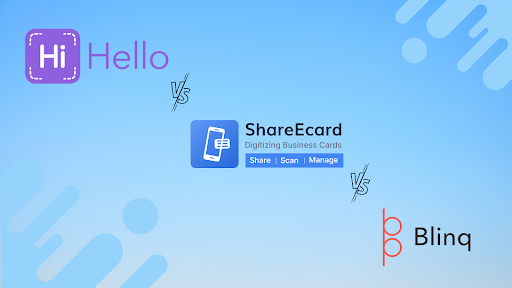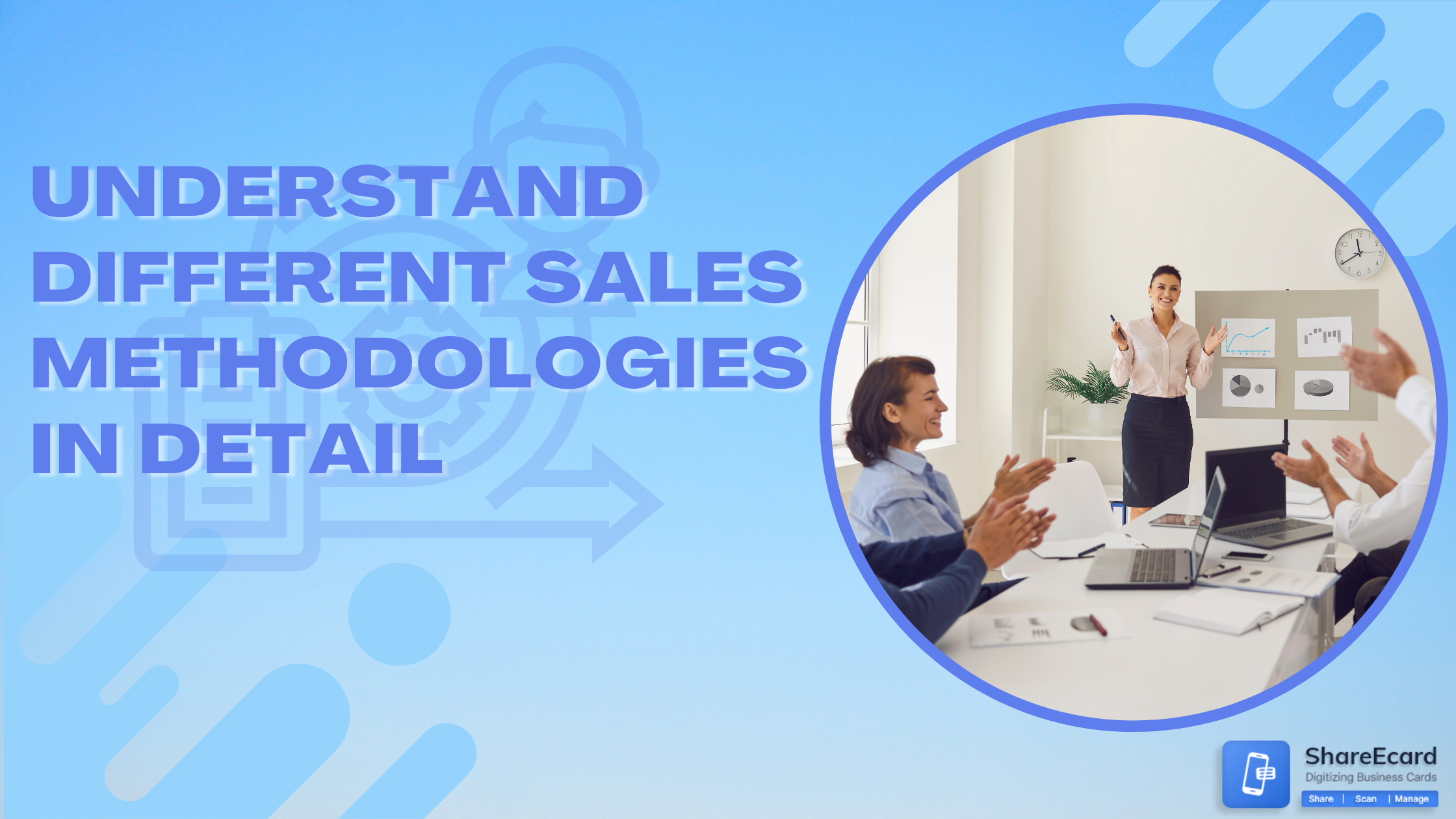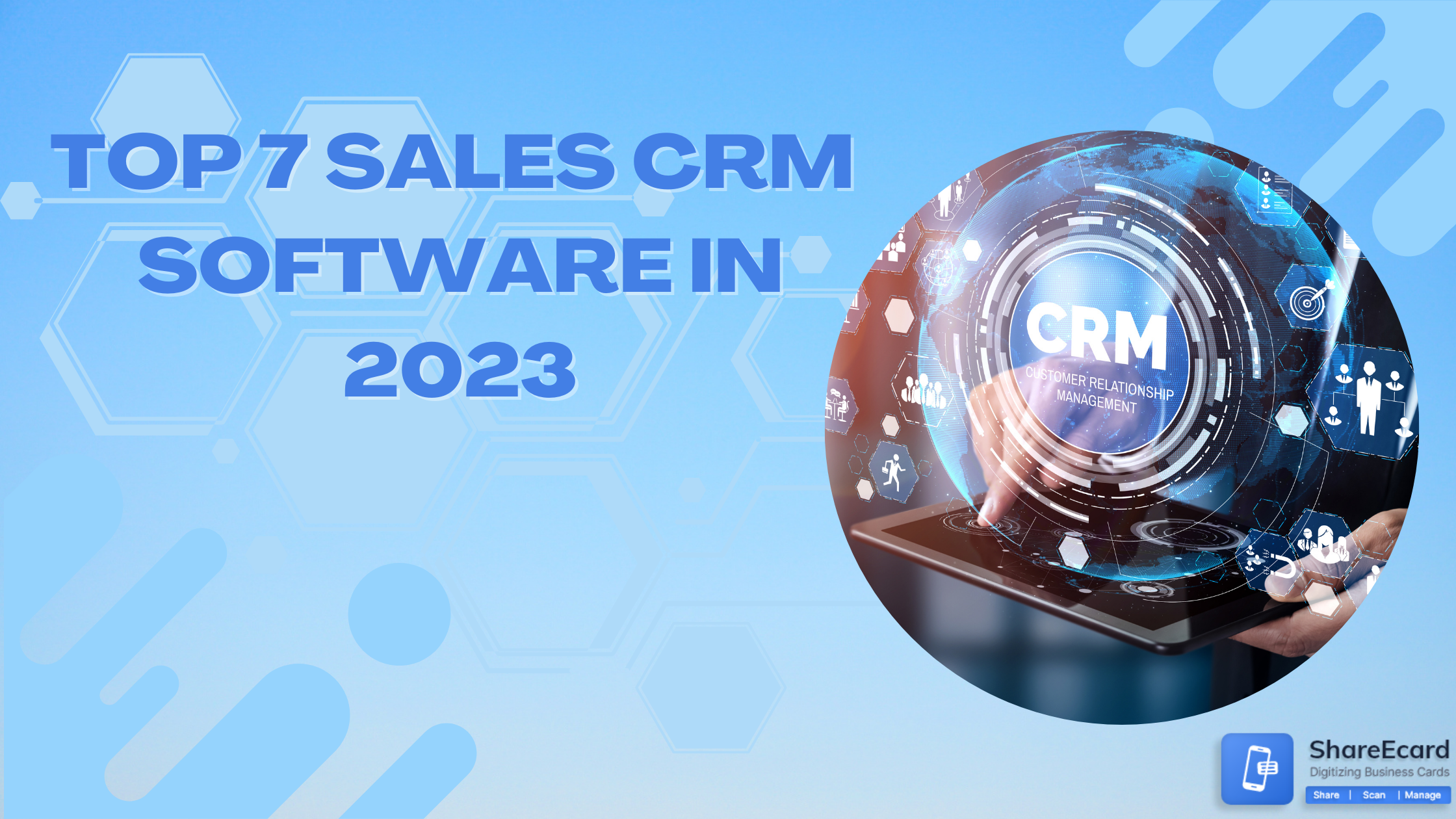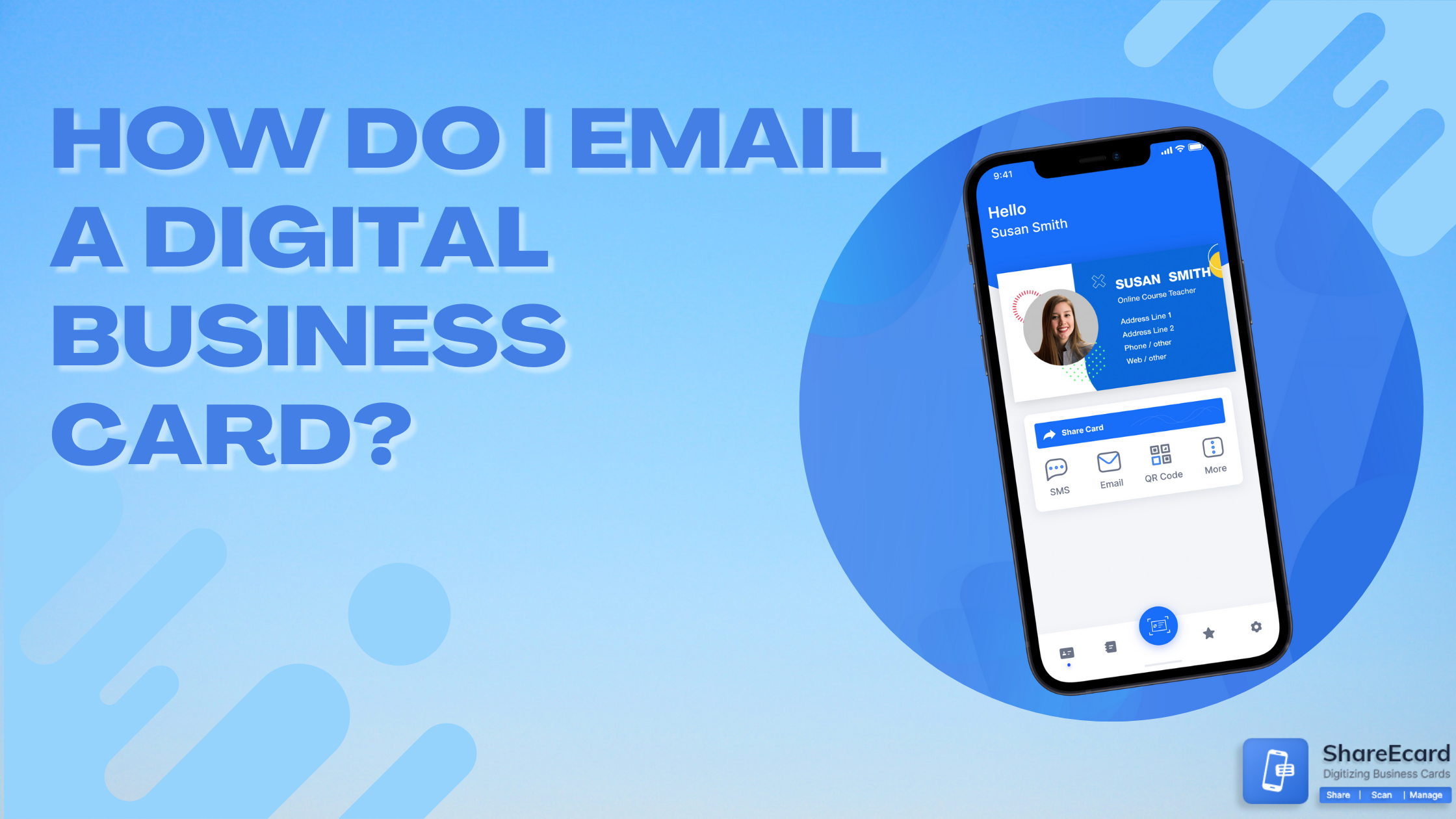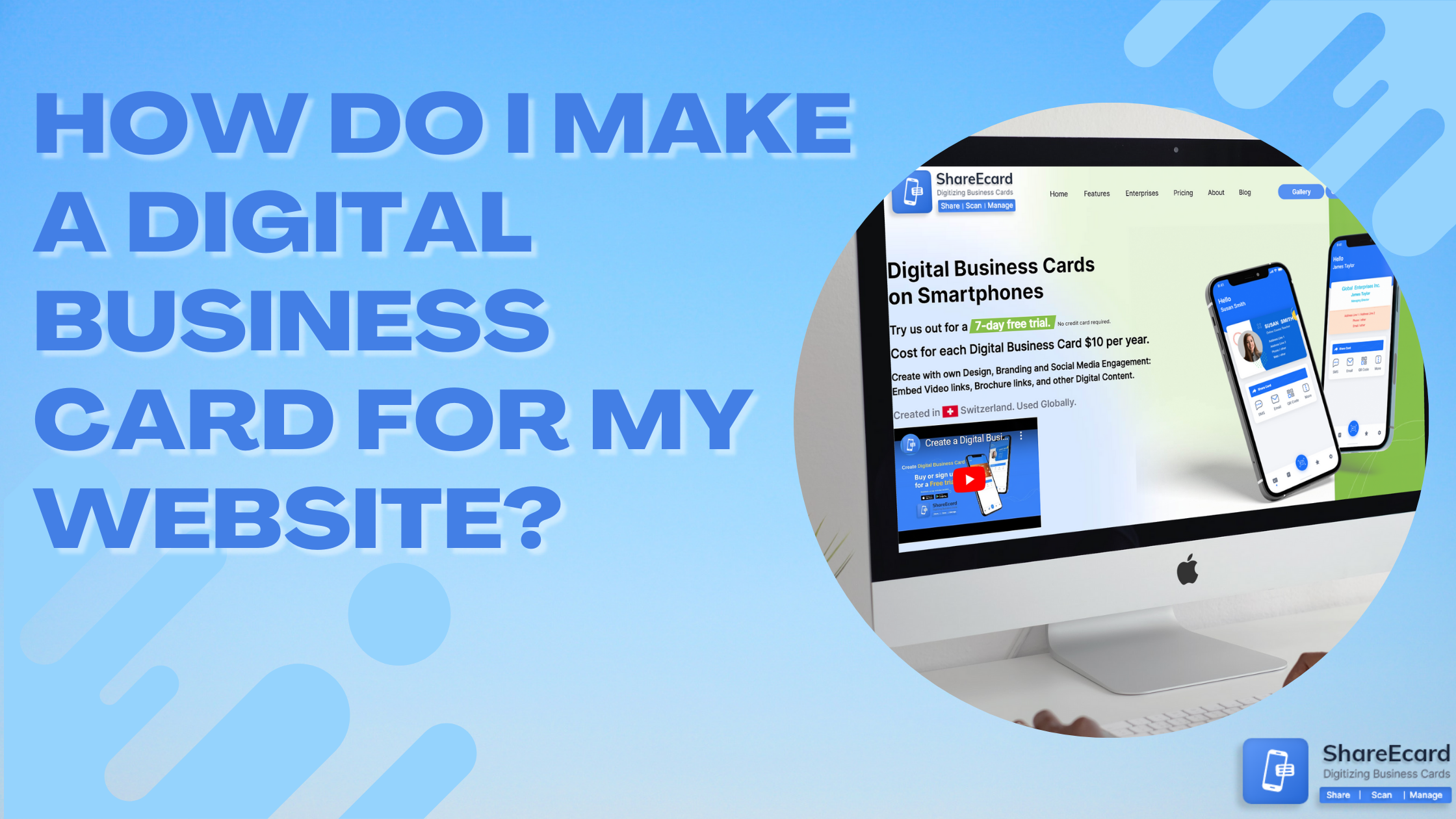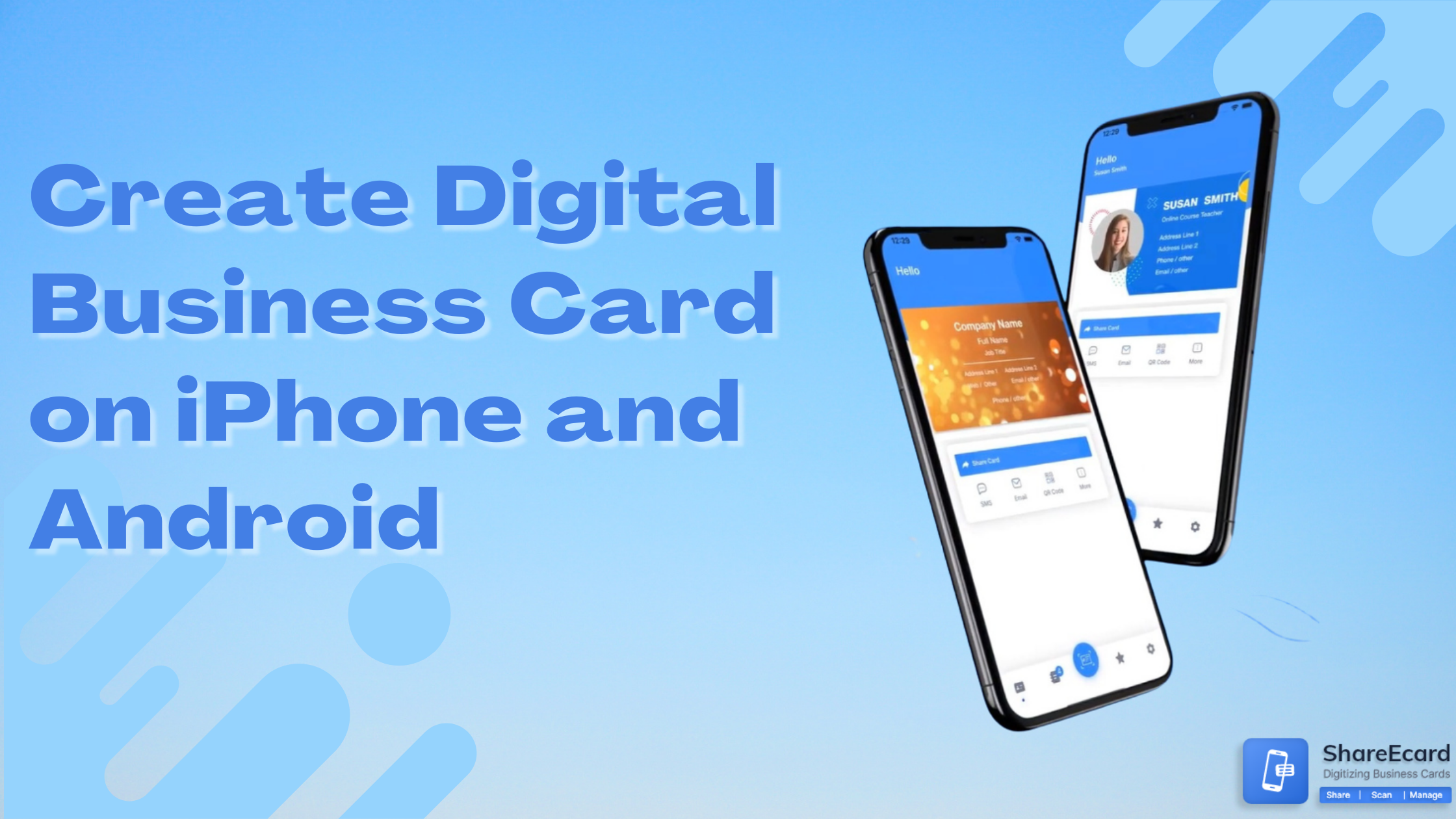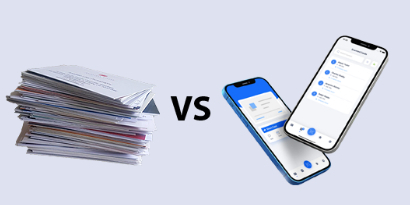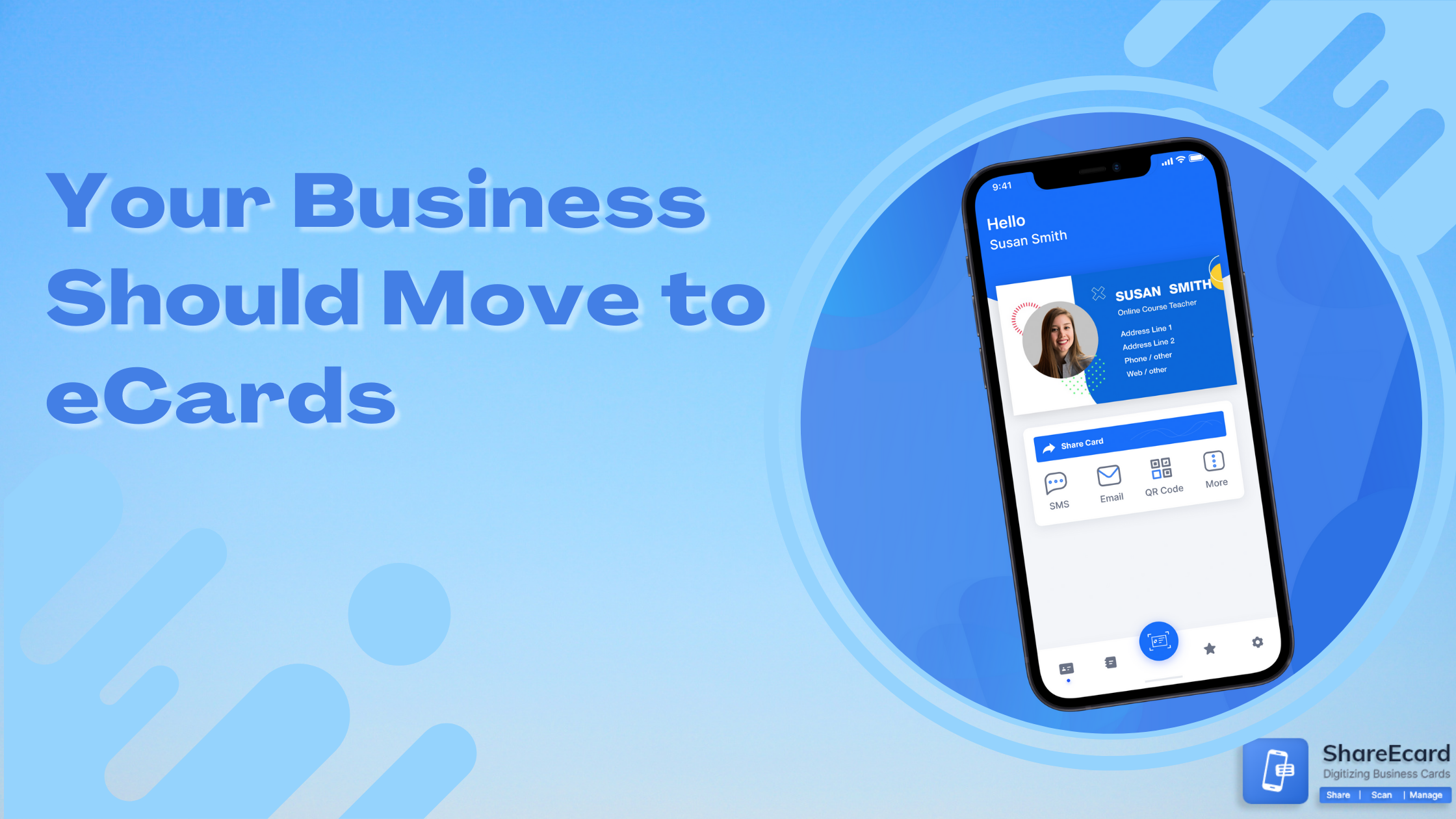10 Best Sales Tools in 2023
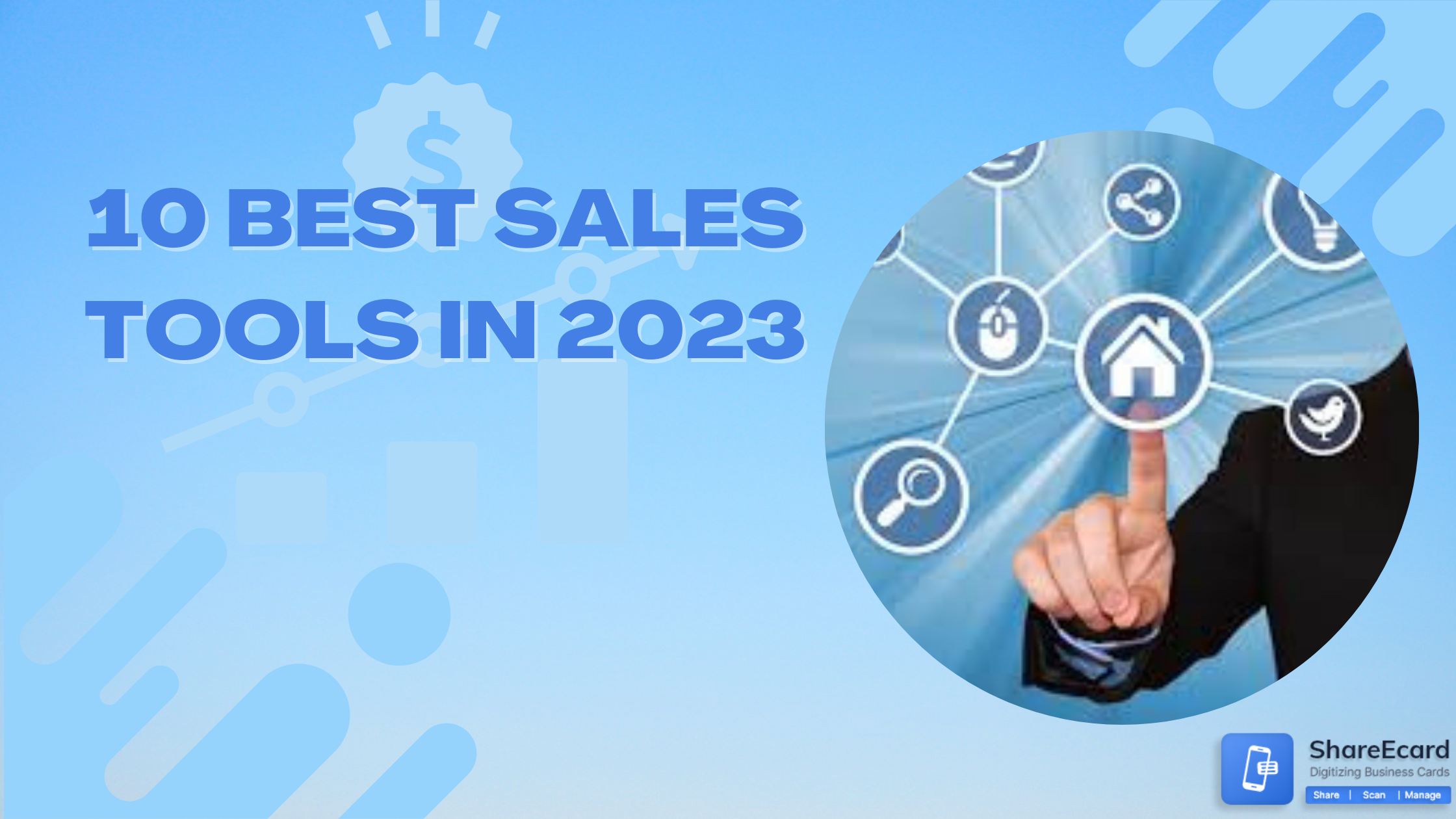
-
It isn't easy to achieve sales success in the twenty-first century. You must have empathy, grit, and drive, as well as extensive knowledge of your potential and present clients, to be relevant at every touchpoint.
-
What are sales tools, exactly?
Sales tools are digital tools used by salespeople to make their tasks easier. Among the technologies in the phrase "sales tool" are customer relationship management (CRM), sales acceleration, sales intelligence, prospecting, and data connectors and integrations.
-
The ten top sales tools in 2023
CRM
Customer relationship management (CRM) software, as the name suggests, helps your firm manage its customer interactions. It helps you maintain track of current customers, improve customer relationships, increase client retention, stays on top of sales and marketing initiatives, and automate communication.
Most organizations' first investment in sales technology is a CRM, and it's easy to see why: According to LinkedIn's State of Sales 2021 report, 68% of people stated that their CRM system was "essential" to closing deals.
-
Sales intelligence and prospecting
Sales intelligence refers to tools that help salespeople find, monitor, and understand information about prospects' and existing clients' activities.
Sales intelligence tells salespeople who they should talk to, what they should talk about when they should contact them, and how to deliver all essential information to them during that interaction. Sales intelligence technologies provide contextual information about these connections, such as purchasing history, business objectives, current contracts, and digital footprints.
According to LinkedIn's survey, 62% of sales professionals say their sales intelligence software is "extremely significant" in assisting them in closing deals, and 74% believe their companies intend to invest more in sales intelligence tools in the future.
-
Sales acceleration
Sales acceleration aims to increase the number of sales discussions, shorten the sales cycle, and close more deals. Sales acceleration software tries to improve sales by automating administrative duties and optimizing sales procedures.
Speed is doomed to fail without control. As a result, sales acceleration technology helps salespeople improve their productivity and effectiveness by increasing engagement and organization throughout the sales process. It is similar to the goal of sales enablement software. Conversely, the latter focuses on sales behavior and delivering excellent resources, opportunities, and best practices to salespeople. Despite this, some vendors interchange the phrases.
Some believe that sales acceleration is blanket phrase for all solutions that help B2B sales personnel find the relevant companies to approach and facilitate sales outreach. Coaching tools, email tracking software, predictive analytics tools, sales engagement software, and outbound sales dialers are all examples of technology in this category.
-
Data connector and integration tools
Our increasingly digitalized world is full of innovative tools that may make our lives easier. One consequence of such a wide variety of devices is that they are typically self-contained and challenging to access from a single system. Data interfaces and integrations are helpful in this situation.
Data is a tool that connects several systems to allow data to flow between them. The data is now accessible via a single system, representing a significant improvement in overall quality of life.
Data integration tools differ from other types of software in that they incorporate data from numerous sources into a single system rather than merely allowing data to move between systems.
-
Sales analytics
Sales analytics software is a collection of tools and systems that allow sales professionals and managers to analyze, evaluate, and enhance the performance of their sales operations while anticipating trends and results and gaining meaningful insights. They give sales managers a granular perspective of sales, breaking them down into small chunks to assess where salespeople, goods, and campaigns work best and where they need to improve.
In the era of big data, sales analytics has become an integral component of every sales report. Instead of manually collecting data in a tangle of spreadsheets, sales analytics software lets sales managers access it methodically in one location.
-
Sales productivity
The ability to produce a considerable number of concrete results is referred to as productivity. That is something that we all aspire to. However, barriers and difficulties regularly appear on our route, making it challenging for us to cross the finish line. Fortunately, sales productivity solutions are available to help salespeople.
As the name implies, this category of tools aids in salespeople's productivity by providing variously automated and time-saving solutions that allow sales professionals to focus on the most crucial areas of the sales process.
Any instrument that can aid salespeople in their everyday professional tasks and allow them to make more sales is called sales productivity. As a result of such a broad definition, a wide range of tools fit into this category, and sales productivity tools come in various kinds and sizes.
-
E-signature and document tracking
An e-signature is a computerized technique of document signing. Using e-signature and document tracking software, users can securely collect signatures on electronic such as sales contracts and proposals.
This type of software helps streamline administrative operations and decrease overhead by offering a unified picture of each contract's activities.
Every transaction starts in two ways: the vendor seeks the buyer, or the buyer seeks the seller. Lead generation and marketing automation tools are intended to promote the latter.
These activities produce a vast database of contacts through conversions, mainly when a person trades her contact information and possibly information about the firm for which she works in exchange for important material from your organization.
-
Sales enablement and digital sales rooms
Salespeople will commit more of their time to enormous possibilities that require a consultative approach, discovery sessions, and customized offers as transactional B2B sales become more automated. More people will become involved, both as buyers and sellers.
Along with these more extensive sales processes, customer-facing digital portals and micro-sites will see growing use. Parties can use these sites to discuss pertinent materials, interact with one another, and create personalized proposals for possible buyers. The goal is to eliminate any residual buyer objections before the contract is signed, strengthening the relationship. These portals also enable vendors to track the content their clients view and interact with, which may be necessary for determining which content has the most significant impact.
-
Customer Success
Small and big businesses use customer success software to ensure that consumers achieve the results they expect when they use a company's product or service—in other words, strengthening client relationships and ensuring customer satisfaction. Customer success programs are critical for revenue retention and growth, increasing customer advocacy, and sustaining profitability and growth. One strategy to improve client success is adopting account-based sales methods with the proper technology.




